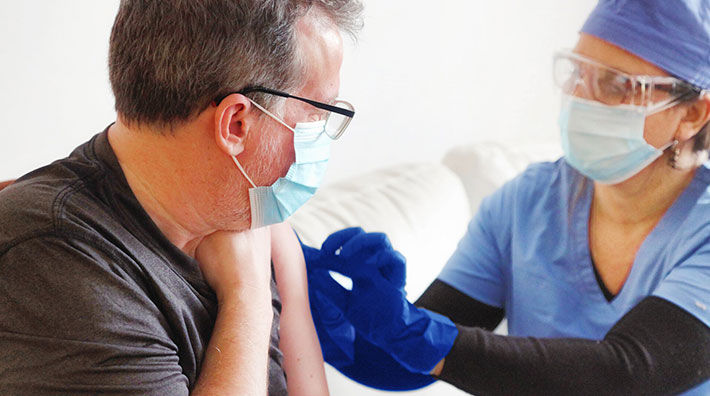Cancer Connections
Cancer News, Stories, and Conversations
Our team of experts brings you cancer-related news, features, and survivor stories.
Filtering by:
VaccinationsLung Cancer & Flu Season: 6 Key Insights from an Expert
Published on: November 12, 2024
Getting colds or the flu is more likely during fall and winter. Dr. Charu Aggarwal offers advice to help people with lung cancer avoid colds and the flu.
Study Shows HPV Immunization Lowers Risk of Developing Cancer
Published on: June 13, 2024
A study of almost 3.5 million people confirmed that immunization against the human papillomavirus (HPV) lowers the chances of developing cancers caused by HPV.



